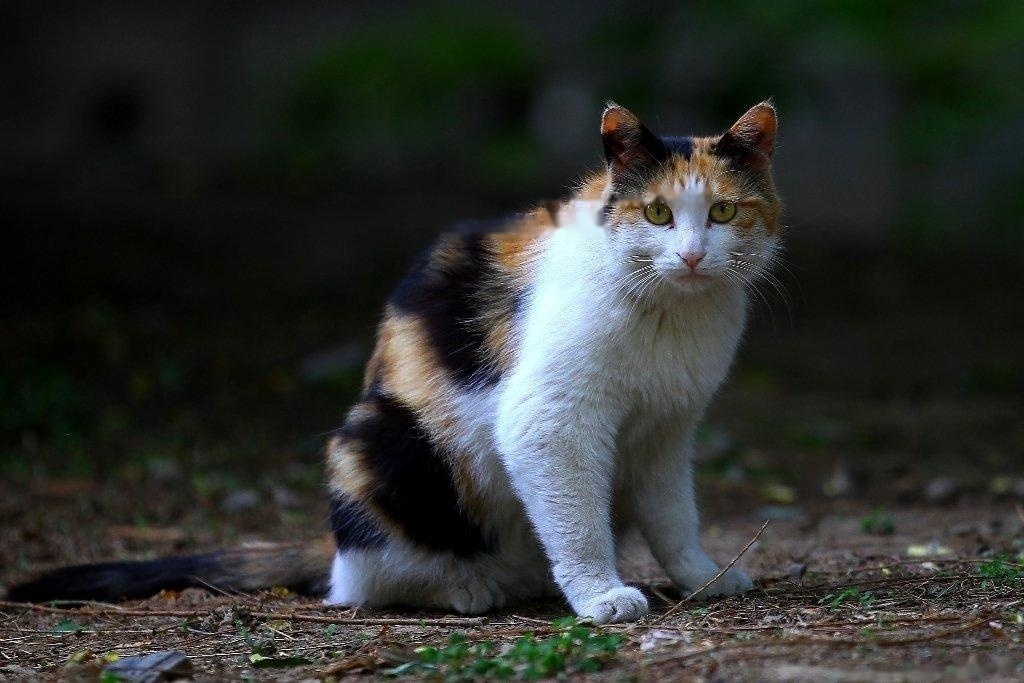
Adopting instead of buying is the true love of animals, and you should be responsible for them when you decide to keep them. The reason why there are so many stray animals on the streets today is largely due to the irresponsibility of some people. However, when adopting a pet, remember to distinguish the difference between stray cats and feral cats, and get vaccinated.
1. Differences in the concept of stray cats
1. Unowned stray cats
Mainly refers to cats that have no owners and live in the wild for a long time. Stray cats refer to cats whose habits are suitable for living with humans, but live in the wild. A cat that used to be a foster home, but left the family for various reasons and lived independently.
The majority of cats now adopted are stray cats rather than feral cats.
2. Wild cat growing in the wild
Also known as tabby cat or lynx, it is a small cat native to Europe, Africa and western Asia. Will hunt small mammals, birds, or other small animals of similar size.
2. Habits of stray cats and wild cats
Stray cats mainly refer to cats that have no owners and live in the wild for a long time.
1. Non-group stray cats
A stray cat is a domestic cat that strays outside the home and is a non-group animal. Although they will swarm in the wild, they do not cooperate to round up prey, etc., as gregarious animals do. In addition, domestic cats cannot adapt to a vegetarian diet because it is difficult for their bodies to synthesize essential amino acids from plants.
2. Nocturnal solitary feral cats
Usually hunt in the early morning and dusk. It generally eats food, insects, birds and some small mammals. It is active alone at night or at dawn and dusk, and hides in tree burrows or thickets during the day.
3. Breeding period of wild cats and stray cats
1. Domestic cats and stray cats
(1) There is no fixed estrus period for stray cats, and female cats are pregnant There are about 63-66 days.
(2) About two litters can be born every year, 1-8 per littermate, usually 3-5.
(3) Kittens open their eyes in about 7-20 days, and begin to learn to walk in 9-15 days.
(4) They can eat solid food when they are 4 weeks old and can be weaned at around 8-10?L.
(5) Kittens can live independently when they are 6 months old.
(6) Sexual characteristics mature at about 10-12 months. Life expectancy is up to 15 years.
2. The growth period of wild cats
(1) The gestation period is 56~63 days, with 1~5 cubs per birth, and the eyes will not open until 10 days after birth
(2) Leaving the mother after 5 months to live alone.
(3) Sexual maturity at about 11 months. The lifespan is generally 15 years.
(4) Many wild cats in Europe are monogamous.
(5) The biggest threat to the survival of feral cats comes from interbreeding with domestic cats, which makes their populations tend to be weak.
4. Attention to adopting stray cats
1. Characteristics of stray cats
The body hair is very dirty, because they cannot adapt to the life in the wild. Communication with people is strong and will respond to your calls. When you put down your food while feeding, it will come and eat without waiting for you to walk far.
Instead of walking away immediately after eating, they will stay with you for a while or even flirt with you.
2. The two should be clearly distinguished
As for wild cats or stray cats, you must distinguish between them when you want to take them in. Stray cats can be adopted, but wild cats must be freed naturally, and wild cats cannot adapt to human beings. Life. There is a big difference between the two, so be prepared for adoption.
3. Health check should be done first
Before bringing stray cats home, you should take them to the veterinary hospital for a health check. pests and infectious diseases, etc. It is also recommended to isolate for a period of time when taking it home.
4. Be mentally prepared
When adopting a stray cat, you will encounter new problems, that is, because of the reason of stray outside, the personality of many cats has undergone a relatively obvious change . For example, the original docile personality is not very docile, and even there are many bad habits, etc. These are issues that pet owners need to consider, and they must be psychologically prepared.
![[Dog Training 5] The training method of pet dog dining etiquette](/static/img/12192/12192_1.jpg)




